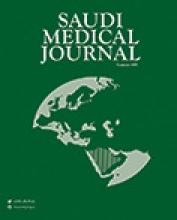Abstract
OBJECTIVE: In this study, acute normovolemic hemodilution (ANH) and hypervolemic hemodilution (HHD) were compared with no hemodilution with regards to the effectiveness in blood usage and coagulation parameters.
METHODS: The study was performed from February to August 2001 at Hacettepe University Hospital, Ankara, Turkey. Thirty patients undergoing hip arthroplasty surgery were prospectively randomized into: ANH group [autologous blood 15 mL kg-1 was withdrawn and replaced by 6% hydroxyethylstarch (HES)] or HHD group (HES was administered without removal of any autologous blood) or the control group (no hemodilution). In all groups, blood was given when hemoglobin concentration was <9 g dl-1.
RESULTS: Three groups were clinically similar regarding blood loss, mean arterial pressures and coagulation parameters. But allogeneic transfusion requirements were significantly less in hemodilution groups (20% in ANH, 40% in HHD) compared to the control group (100% of patients).
CONCLUSION: We conclude that hemodilution (both ANH and HHD) decreases the demand for homologous blood without adversely affecting hemodynamics or coagulation parameters and HHD seems to be a simple and valuable alternative to ANH in orthopedic patient undergoing hip replacement.
- Copyright: © Saudi Medical Journal
This is an open-access article distributed under the terms of the Creative Commons Attribution-Noncommercial-Share Alike 3.0 Unported, which permits unrestricted use, distribution, and reproduction in any medium, provided the original work is properly cited.






